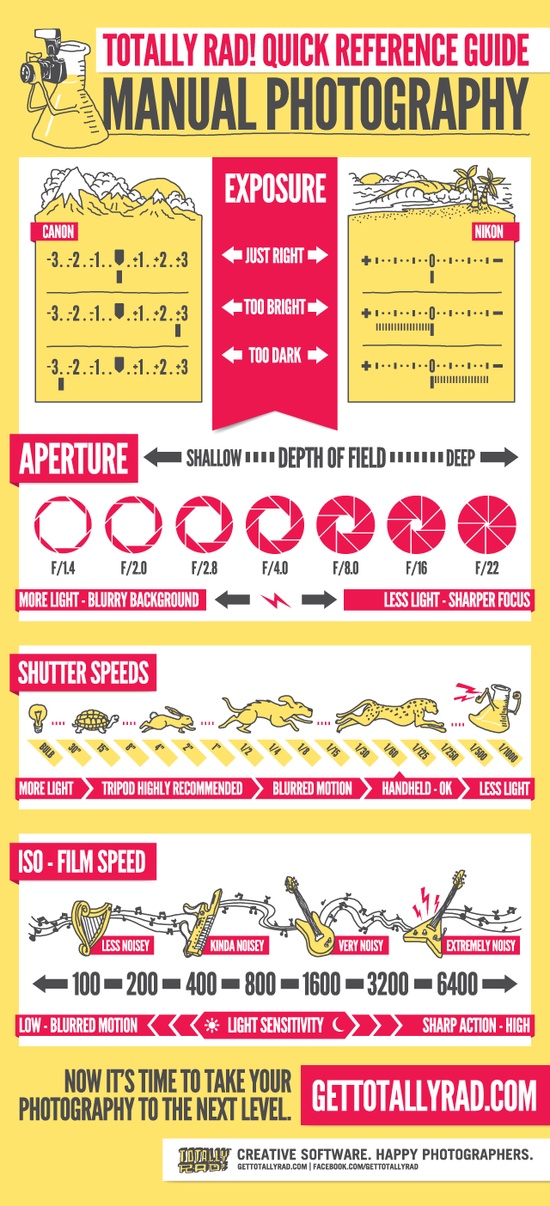What Every Photographer Must Understand About Illumination
What Every Photographer Must Understand About Illumination
Blog Article
Author-Beck Polat
As a photographer, you understand that lighting can make or break your pictures. Recognizing the subtleties of both natural and synthetic light is essential for recording the mood and quality you go for in your work. Whether you're going after the excellent golden hour glow or tweak your artificial configurations, grasping these elements can boost your digital photography dramatically. But there prevail challenges that several overlook, and acknowledging them can transform your approach to every shoot. Let's explore what you could be missing and how it can impact your results.
Understanding All-natural Light
Recognizing all-natural light is crucial for any kind of digital photographer wanting to boost their job. It's the foundation of great digital photography, influencing state of mind, tone, and clearness. When you fire outdoors, pay attention to the moment of day. The gold hour-- soon after daybreak and before sundown-- supplies soft, warm light that can transform common scenes into magnificent pictures.
Don't undervalue the power of cloudy days. Cloud cover diffuses sunlight, developing a soft, even light that's perfect for portraits and macro digital photography. You'll find shades pop in this sort of illumination without severe shadows.
https://postheaven.net/darrin41erick/photographers-typically-neglect-key-fundamentals-that-can-prevent-their , as well. Constantly consider your topic's positioning to the light. If the sunlight's behind your subject, you may end up with a shape, which can be dramatic yet mightn't be what you want. Alternatively, straight sunlight can produce unflattering darkness.
Trying out angles; often, altering your viewpoint can generate incredible outcomes. Use natural reflectors, like water or sand, to bounce light onto your topic, including dimension.
Mastering Artificial Light
Mastering man-made light is essential for digital photographers that intend to take their abilities to the next level. Whether you're utilizing speedlights, studio strobes, or continuous lights, comprehending how to control these resources can dramatically enhance your images.
Beginning by familiarizing yourself with the fundamentals of light quality, direction, and shade temperature level. Explore various modifiers like softboxes, umbrellas, or grids to manage the gentleness or harshness of the light.
You'll discover that soft light frequently creates lovely outcomes, while harsher light can include drama and deepness. Do not shy away from darkness; they can improve the three-dimensionality of your topics.
Pay close attention to the placement of your lights. A light positioned as well close to your subject can develop uncomplimentary outcomes, while as well far can cause an absence of detail. Utilize a light meter or your camera's pie chart to guarantee you're revealing properly.
Last but not least, bear in mind that man-made light can be mixed with ambient light for imaginative effects. Stabilizing these resources could take practice, once you understand it, your digital photography will absolutely shine.
Techniques for Various Situations
When you step into various capturing circumstances, adapting your illumination strategies is important for capturing the most effective pictures. For exterior portraits, utilize the gold hour-- morning or late afternoon light-- to soften darkness and enhance skin tones.
If it's a harsh lunchtime sun, consider making use of a reflector to jump light back onto your topic or look for shaded areas for a much more also exposure.
In low-light circumstances, like interior events, increase your ISO and utilize a wide aperture to let in more light. https://www.kare11.com/article/money/business/behind-the-business/mn-photographer-shines-light-on-small-businesses-during-covid-19/89-d4ad59c8-ae70-46c0-b0c2-efbccdcbd626 can assist eliminate camera shake, enabling longer direct exposures without blurring.
If you're shooting at night, trying out off-camera flash to produce vibrant lights and deepness in your photos.
For product photography, use diffused lighting to avoid harsh representations. Softboxes or light outdoors tents can aid accomplish this effect.
When photographing landscapes, consider the direction of light and time of day, as it can significantly alter the mood of your shot.
Constantly be ready to change your setups and positioning based upon the situation, as versatility is essential to understanding lights in digital photography.
Verdict
In conclusion, grasping illumination is crucial to raising your photography skills. Accept natural light's charm during golden hour, and do not avoid trying out artificial light techniques. By adjusting your method to different scenarios, you'll record spectacular images that resonate with emotion and clarity. Bear in mind, the appropriate lights can change a common shot into something amazing, so maintain practicing and fine-tuning your understanding of both all-natural and synthetic light. navigate to this website capturing!
